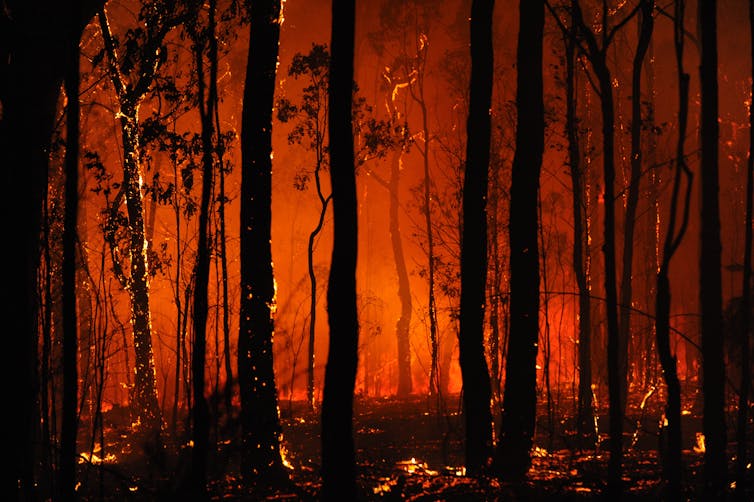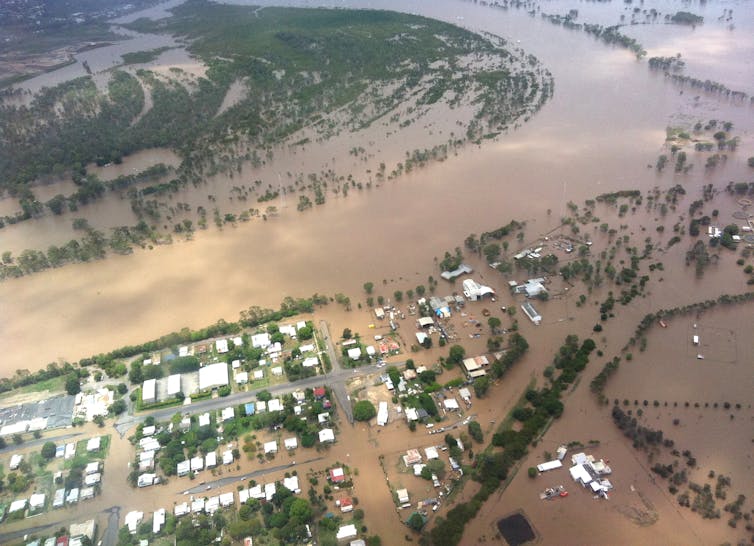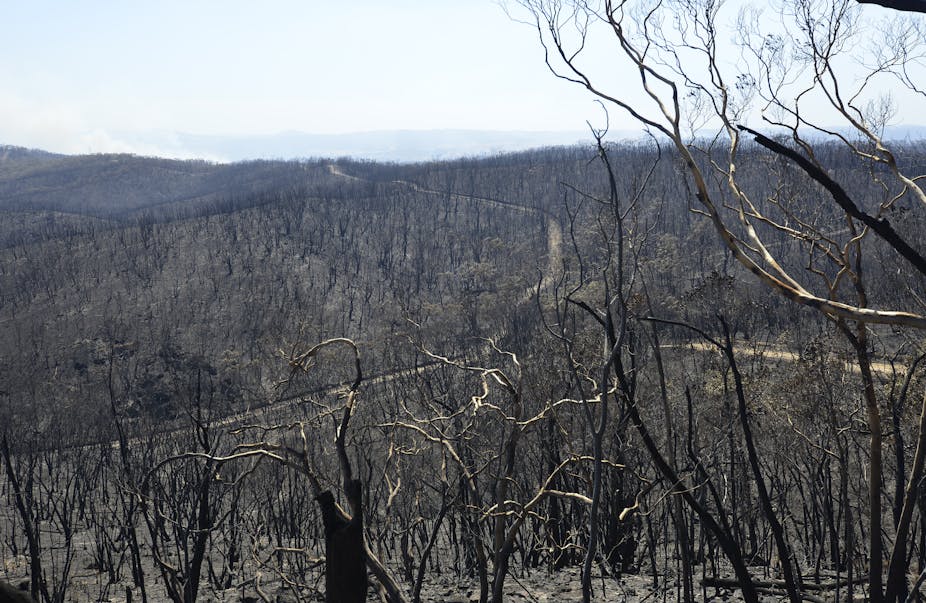The fires that have swept through South Australia over the past few days have destroyed at least 12,000 hectares and up to 38 homes, in what have been described as the worst South Australian conditions since Ash Wednesday in 1983. With the fires still burning, we don’t yet know the full toll.
After the fires the clean up and rebuilding begins. If the recovery costs pass a threshold, the federal government will intervene.
But evidence shows that too much of this funding goes simply to rebuilding, leaving infrastructure, property and lives at risk of future disasters. A recent draft report from the Productivity Commission argued that funding needs to be directed towards mitigating the risk of natural disasters, with a final report due this year.
In recent times the frequency and severity of these events has escalated. The increase is often due to property located in areas which are vulnerable to one or more catastrophic risks. Additionally, existing properties in high risk areas are often not built to be resilient. Planning permission is also provided in some areas despite risk exposures. Only new buildings are required to adopt the most current building standards incorporating disaster resiliency. Careful attention must be paid to building regulations, planning laws (for new property) and to government funding arrangements, insurance and other economic protection measures (for existing properties). So, what is the best way to fund disaster recovery?

How it works
To divide disaster losses between the state and federal governments, Australia uses the National Disaster Relief and Recovery Arrangements or NDRRA.
Under the NDRRA, states are required to fund all disaster expenditure, up to a threshold level. Once this is reached the relevant State Government and the Commonwealth Government will each pay 50% of the disaster losses.
There is then a second threshold above which the Commonwealth contributes 75% and the state 25%.
The Productivity Commission’s Draft Report recommended shifting the focus from recovery to resilience. Politically and socially it is often deemed necessary for Australian governments to fund disaster recovery. For example, following recent calls to reduce relief funding, state and territory governments defended current levels.
Rebuilding, brick by brick
But we have a problem when there is no widespread policy entrenching mitigation and actively rewarding those who mitigate their exposure to risk. Unsurprisingly the issue of mitigation v recovery festers, rearing its head after each catastrophic event.
The greatest problem arising from a system premised upon recovery rather than mitigation the system will continue to endure losses which most probably will escalate in costs. Mitigation instead results in a lower risk exposure and thus generally fewer losses.
In June 2014, the Insurance Council of Australia referred to the difference in damages from the flooding in Brisbane in 1974 and 2011. In the 1974 floods 8000 properties were damaged whereas the flooding of the same area in 2011 resulted in damage to 25,000 properties. Those properties rebuilt after the 1974 floods to mitigate potential future flooding, experienced significantly less damage during the 2011 floods.
Better disaster funding
The South Australian fires are one opportunity to embrace change. Instead of simply repairing damage and rebuilding “brick-by-brick”, greater emphasis should be on more resilient buildings. The disaster funds should ensure any repairs or reconstruction mitigates potential future damage should a similar event occur.
The Queensland Floods illustrated very clearly that mitigation is essential not only in reducing future losses but also in ensuring properties continue to have access to insurance (preferably at affordable rates).

In the aftermath of the Queensland floods, when insurers failed to insure properties in Roma, the Queensland Government built flood levees to mitigate the risk. The unprecedented failing of insurers to offer flood cover showed that simply repairing or reconstructing property left home-owners vulnerable to future disasters.
Reducing exposure to risk and ensuring greater resilience for existing infrastructure through flood levees and other solutions was just as important as rebuilding damaged properties.
The solution for long term sustainability is to invest in mitigation. The emphasis should be on ensuring that buildings are resilient, not only after an event but also before events occur.

